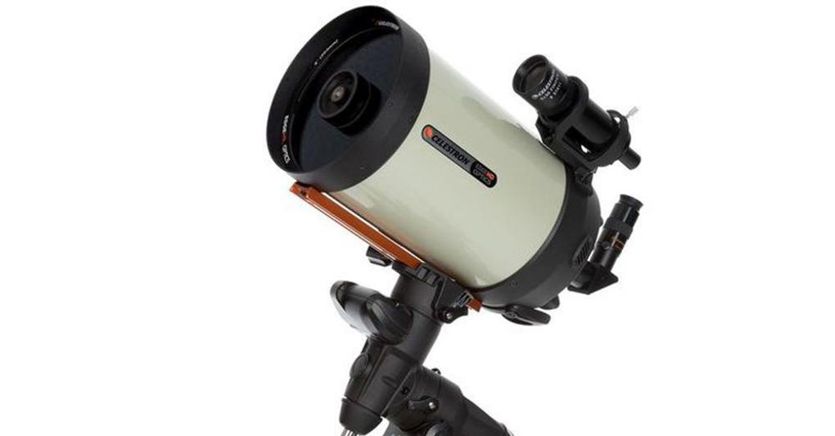The stars that shine in the firmament have always exerted an enormous fascination on humanity, ever since you had no idea what all those bright dots really represented. In our days, unfortunately, we have lost a little the wonder of observing the sky due to the light pollution that in big cities and suburbs allows us to see only the brightest stars, but in summer, when we are on vacation in places more isolated and less illuminated, the night show manages to kidnap us again.
Stars, of course, but above all planets, galaxies and the Milky Way
When we look at the sky with the naked eye, we see many dots, more or less bright. The brightest ones are usually planets. In these nights we have the opportunity to observe Venus, which appears as a bright star, but low near the point where the sun sets, Jupiter is instead white and very bright to the east from 22.00 onwards and Saturn, slightly shifted to the West with respect to Jupiter and shines with a yellowish light. Those lucky enough to be in a very dark place can observe the Milky Way, a dense strip of stars that to the naked eye looks like a cloud running from north to south, while those who have a more acute sight can see, like simple bows, the Andromeda galaxy and some nebulae.
Loading…
The real difference can be seen in the photos
Unfortunately, with the help of our eyes you don’t see much so it’s a good idea to try taking some pictures. To get started, all you need is a good quality digital camera or a mobile phone with “night” mode.
There are some models, like the Google Pixel 4 XL, that have a dedicated astrophotography feature, but all high-end smartphones like Huawei’s P series, iPhones and Samsung’s Galaxy S series (just to name a few) they are able to take great photos of the Milky Way, making any night shot spectacular.
If we want a close-up of a galaxy or a nebula, however, we need at least a medium / high-end digital camera (an SLR or a mirrorless will be fine) with a lens of at least 50-75mm focal length (typically the one given). supplied is on these measures).
By photographing at a higher magnification, we will have to manage the fact that the celestial vault is moving and therefore the photos, which will necessarily be with exposure of a few seconds if not minutes, will be moved.
The solution lies in an object called the “star tracker”. There are many prices on the market, starting from 50 euros (to be avoided and good at most to support smartphones) up to a few hundred euros, capable of supporting cameras with heavy lenses and even mini-telescopes.
If you want to delve into the expensive hobby of astronomical photography, you can also choose to do photography at high magnifications (with focal lengths greater than 500mm, to even reach 6 meters in the case of photos of the Moon or planets), but you have to equip yourself well. You will need a telescope with a generous opening, often mirrored with 20cm or more in diameter, a mount capable of holding all the equipment in a very stable way while chasing sidereal motion, a special cooled camera to take astro photographs and a computer to manage the whole. The most popular brands are Celestron (Celestron C11 is widely used for planetary photography), GSO which offers low-priced but well-made Newtonian telescopes great for nebulae and Meade, which is now going through a financially difficult period. There are also excellent Chinese-made telescopes rebranded with the name of local dealers or distributors such as Tecnosky.
